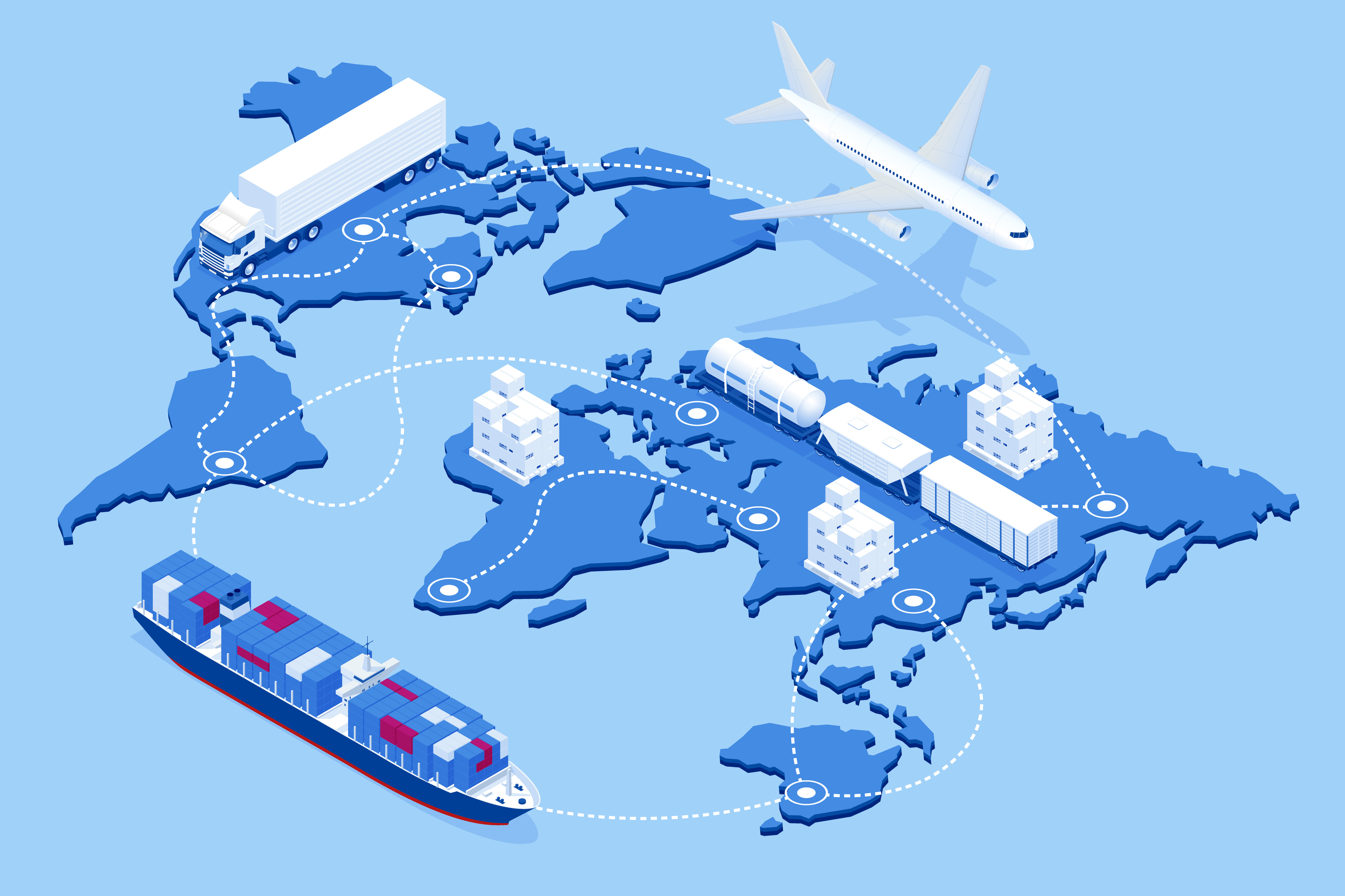
Businesses need to be aware of changes to the global goods classification system that are due to be introduced on 1 January 2022, trade and customs experts have warned.
The World Custom Organization’s (WCO) Harmonized System (HS) is used by member nations for the international classification of goods when they are being traded across borders.
It consists of six-digit identification codes for more than 5,000 commodity groups. These six-digit codes then comprise the first six numbers in the commodity codes set by national governments and trade blocs for imports and exports.
According to the WCO, the seventh edition of the HS nomenclature “makes some major changes” and includes “a total of 351 sets of amendments covering a wide range of goods moving across borders”.
Commodity codes
HS 2022 will be formally introduced on 1 January 2022, impacting the eight and ten-digit commodity codes set in national-level tariff schedules, such as the UK Global Tariff and the EU’s Taric.
Commodity codes are a key requirement for the completion of customs processes such as completing declarations and are used to determine what duties and other taxes may be payable when goods are traded across borders.
‘Around the corner’
Warning that the new edition is now only “just around the corner”, IOE&IT trade and customs specialist Paul Woodward warned that traders need to be aware of the changes and how they might impact their customs processes.
“For any business it is very important to be aware of such changes, as this can ensure smooth customs operations, new regulatory controls, change in customs duty rates and can also affect preferential origin requirements,” he told the IOE&IT Daily Update today (13 December).
‘Pain for cross-border traders’
Martin Palmer, the chief content and compliance officer at ecommerce firm Hurricane Commerce, told Tamebay that a failure to prepare for HS 2022 could lead to delays in the supply chain.
“Failure to prepare for HS 2022 will inevitably cause pain for cross-border traders and, importantly, their customers who will be faced with their shipments being held and delayed by customs authorities, resulting in a poor experience and the likelihood that they will think twice about shopping with the same merchant or marketplace again,” he said.
Update
The WCO’s 2022 edition is the first update to the HS since 2017 and seeks to recognise new product streams and address environmental and social issues that have come to the fore over the last five years.
The periodic updates to the classification system also tend to address technological advances.
According to the WCO, notable changes in HS 2022 include new provisions for the classification of:
- Electrical and electronic waste – also referred to as ‘e-waste’
- Novel tobacco and nicotine-based products such as vapes
- Unmanned aerial vehicles (UAVs) – also known as ‘drones)
- Smartphones
UK Tariff
The UK is yet to finalise how the changes in HS 2022 will impact its own commodity codes, but says information will be shared via its Integrated Tariff Tool.
In the meantime, firms can use a correlation table on gov.uk to identify what changes have already been confirmed to UK commodity codes.
Tools and webinar
To assist traders adjust to the new rules, the WCO has published new ‘Explanatory Notes’ and a ‘Compendium of Classification Opinions’ which are available to anyone who subscribes to the HS content of the WCO’s Trade Tools web platform.
The IOE&IT will also be running a free webinar on Wednesday 15 December on the new HS 2022 rules and what traders can do to prepare for them.

